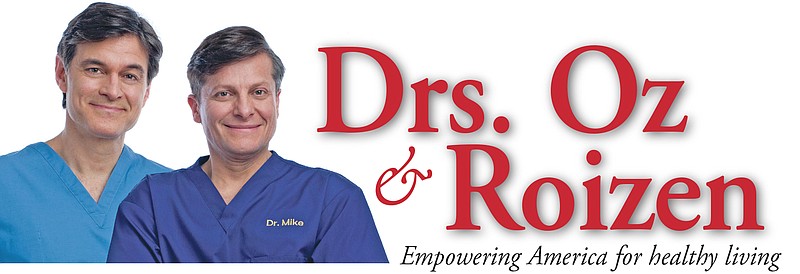The English language is full of eccentric words that start with the letter C: cahoots (conspiring together secretly) and callipygian (a well-shaped backside) are two examples. But in our book, "cruciferous" tops the list. This word, used to group together several nutrition-packed vegetables, comes from a Latin term that describes their cross-shaped flowers and provides no clue about which veggies fall into the category.
Now, a study in the British Journal of Nutrition adds to the evidence that what's in this hard-to-pronounce and harder-to-spell category can save your life. So, first the list (we bet there are some surprises), then the benefits.
All cruciferous vegetables: arugula, bok choy, broccoli, broccoli rabe, broccoli Romanesco, Brussels sprouts, cabbage, cauliflower, Chinese broccoli, Chinese cabbage, collard greens, daikon, garden cress, horseradish, kale, kohlrabi, komatsuna, land cress, mizuna, mustard seeds and leaves, radish, rutabaga, tatsoi, turnips roots and greens, wasabi and watercress.
What they can do for you: The researchers found that older women (median age 74) who've been eating the equivalent of 10.5 ounces of cauliflower, Brussels sprouts, cabbage or broccoli weekly (2 1/2 ounces more than one serving) have a 46% reduction in their risk of abdominal aortic calcification compared with women eating only 3 1/2 ounces of those veggies weekly. AAC is an indicator of blood flow to your lower extremities and a predictor of serious coronary events - aka heart attack and peripheral artery disease.
(c)2020 Michael Roizen, M.D and Mehmet Oz, M.D.
King Features Syndicate

